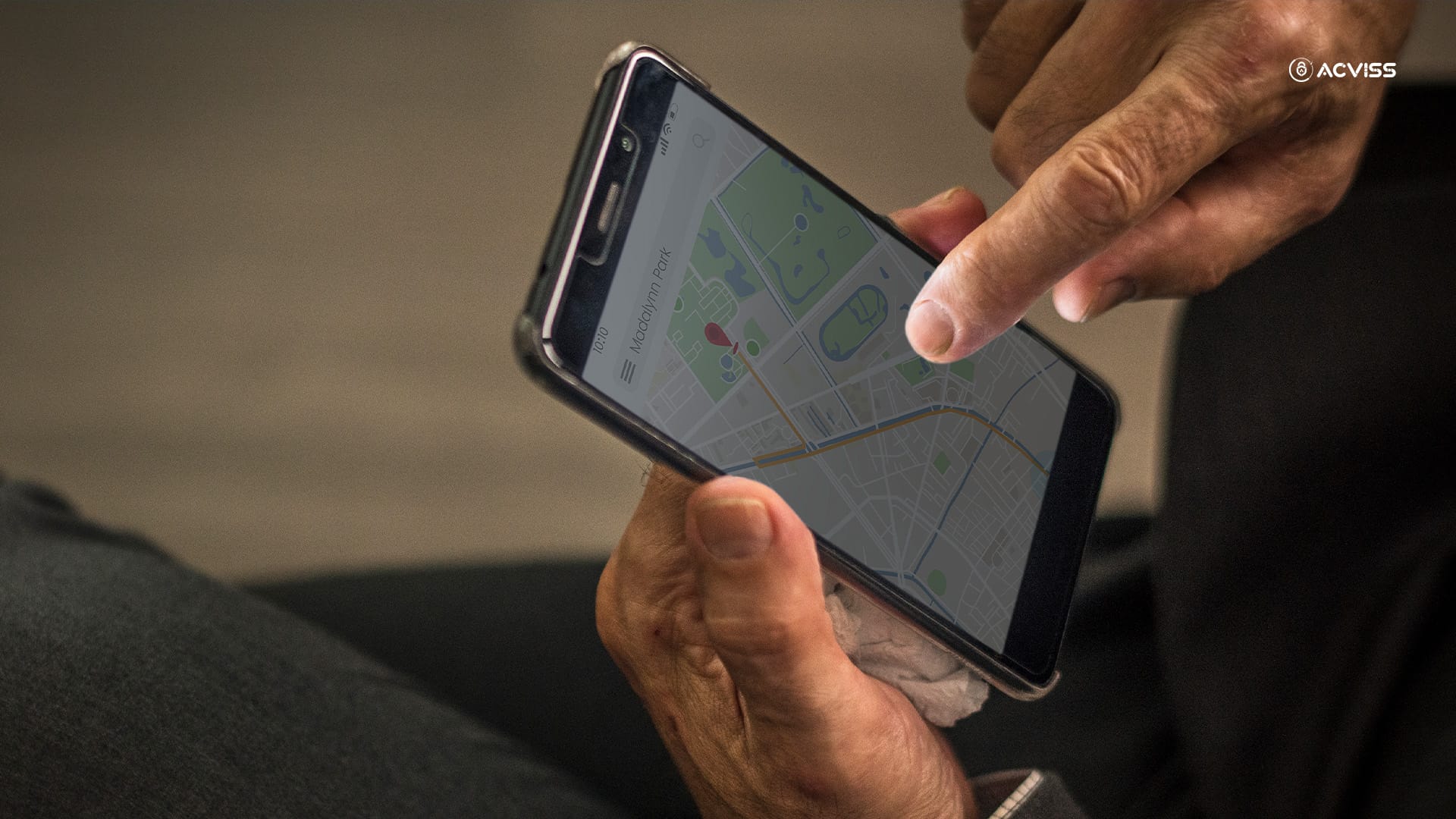Eliminating Product Mixing Errors in FMCG Warehouses with Hierarchical Tracking

Everything might look organised inside a modern FMCG warehouse, products moving swiftly, labels printed accurately, shipments going out on schedule. But even in the most efficient setups, one common issue continues to cause headaches: product mixing. A few wrongly packed units or mismatched variants can lead to costly recalls, customer complaints, and damage to brand trust.
Traditional tracking systems often miss these errors because they don’t account for how products are grouped and packaged. That’s where hierarchical tracking makes a difference. Mapping every unit to its bundle, carton, and pallet brings structure and clarity to complex warehouse operations, reducing errors, improving compliance, and strengthening product authentication and brand protection.
Understanding the Impact of Product Mixing in FMCG Supply Chains
Product mixing refers to the inadvertent or careless inclusion of incorrect stock-keeping units (SKUs) or variants in packaging, storage, or shipment processes. For example, placing a sensitive skincare lotion for one region into a pallet meant for another, or including a promotional SKU with a standard pack, can lead to:
Immediate operational disruptions due to returns or recalls
Increased cost of quality control and reverse logistics
Non-compliance with local labelling or formulation regulations
Customer complaints that damage the brand reputation
Supply chain delays owing to incorrect inventory fulfilment
Openings for counterfeit products to infiltrate genuine channels
While warehouse automation has improved dramatically, many facilities still rely on outdated systems or siloed data structures that lack full visibility. The ability to trace and validate the relationship between the individual product, its outer carton, and the larger pallet is absent or only partially implemented. This is where errors creep in and persist undetected until a consumer files a complaint or a retailer raises a concern.
For global brands, this not only weakens operational confidence but can also become a trademark protection liability, especially in regulated categories such as food, cosmetics, nutraceuticals, and baby products.
Limitations of Traditional Tracking Systems

Conventional warehouse management systems (WMS) and enterprise resource planning (ERP) platforms primarily focus on inventory levels, batch identification, and location-based movement. While these systems are capable of managing stock rotations and order fulfilment, they often operate at a coarse level of granularity.
Key limitations include:
Lack of unit-level verification: Many systems rely on box-level scanning and fail to validate the contents of a box or pallet unless opened manually.
Inadequate parent-child linkage: There is no persistent relational data linking an individual product unit to its corresponding carton or shipment manifest.
Absence of real-time traceability: Data is often synchronised post-event, making it difficult to prevent errors in real time.
Vulnerability to tampering and substitution: Without product authentication mechanisms, counterfeit items can be inserted into genuine packages without detection.
Given these limitations, a more sophisticated framework is required, one that preserves both accuracy and authenticity at scale.
What is Hierarchical Tracking?
Hierarchical tracking is a structured methodology for mapping the relationship between individual product units and their broader packaging layers. It enables full visibility and verification of the packaging hierarchy, from the smallest sellable unit to the bundled group, to the master carton, and finally, the pallet or container.
To illustrate, consider the following packaging structure of a typical FMCG product:
Level 1: Unit – A 200 ml shampoo bottle, uniquely identified with a serialised QR code.
Level 2: Bundle – Six bottles shrink-wrapped as a multi-pack.
Level 3: Carton – Four bundles packed into one shipping carton.
Level 4: Pallet – Twenty cartons stacked on a pallet for bulk transport.
Each level is tagged with its own unique identifier, and more importantly, the parent-child relationship between levels is recorded digitally in a track and trace system. This structure makes it possible to identify not only if a product is genuine, but also whether it is in the correct group, carton, or consignment.
Implementing hierarchical tracking can achieve a holistic view of their inventory, one that offers both operational precision and robust product verification.
How Hierarchical Tracking Prevents Product Mixing
1. Enforcing Structured Packaging Integrity
With hierarchical tracking in place, packaging operations are governed by software rules that validate the inclusion of correct products at each stage. If a mismatch is detected, for example, an incorrect variant being packed into a bundle, the system prevents the packaging from proceeding until the error is rectified. This automated validation process ensures that each unit is correctly associated with its parent container, significantly reducing human error.
2. Real-Time Data Validation During Warehouse Movement

During movement within the warehouse, whether for sorting, storage, or picking, each scan updates the hierarchy data in real time. If an operator attempts to dispatch or relocate an incorrect carton or bundle, the system highlights the inconsistency. This layer of validation is especially valuable during peak season operations when errors are most likely to occur due to volume pressure.
3. Verifying Authenticity and Position in the Hierarchy
Unlike traditional systems that might only confirm the presence of a product in the database, hierarchical tracking checks its authentication status and its relationship within the larger structure. This ensures that even if a unit is genuine, it cannot be shipped unless its parent and grandparent levels are verified. This approach also strengthens anti-counterfeiting solutions, as it becomes significantly harder to introduce tampered or unauthorised items into a verified hierarchy.
4. Enabling Comprehensive Recall and Reverse Logistics
Should a recall become necessary, hierarchical data enables brands to isolate affected products with remarkable precision. Rather than pulling an entire pallet or batch, specific units or bundles can be identified and traced back through the supply chain. This minimises disruption while demonstrating regulatory responsibility.
5. Strengthening IP and Regulatory Compliance
The structured nature of hierarchical tracking makes it easier to defend intellectual property (IP) in court or during audits. By having immutable proof of origin and movement for every unit, brands can demonstrate due diligence in protecting their trademarks, complying with labelling laws, and preventing unauthorised distribution.
Technologies Enabling Hierarchical Tracking
Achieving hierarchical tracking requires an integration of hardware and software technologies designed for brand authentication and traceability. These typically include:
Serialised, scannable codes such as GS1 DataMatrix or custom QR codes
Vision-based scanners that validate packaging combinations on the production line
Digital twins of packaging hierarchies are maintained in cloud traceability platforms
Mobile applications that allow field personnel and retailers to scan and verify products
Blockchain-based audit trails that prevent tampering or manipulation of movement data
Together, these technologies help FMCG brands implement a robust framework for product authentication, even in high-speed or distributed manufacturing environments.
A Practical Implementation Path for Brands

Hierarchical tracking does not require a disruptive overhaul of existing systems. It can be implemented progressively:
Begin with high-risk SKUs that are most susceptible to counterfeit threats or packaging errors.
Digitise unit-level serialisation to enable individual product authentication.
Establish packaging logic rules that define acceptable relationships between units, bundles, cartons, and pallets.
Integrate validation scanners into packaging lines and warehouse stations.
Deploy a unified traceability platform to manage and reconcile hierarchy data in real time.
Success in hierarchical tracking comes not from technical perfection, but from structured discipline and consistent validation across the supply chain.
A Subtle, Powerful Advantage with Acviss
For brands seeking a dependable partner in this journey, Acviss offers a suite of brand protection solutions built on the principles of traceability, authentication, and trust. Its Origin platform, in particular, enables seamless implementation of hierarchical tracking using blockchain-backed traceability, AI-based validation, and non-cloneable product identifiers.
By linking every unit to its packaging lineage and preserving this data in tamper-proof digital records, Origin allows brands to maintain control over product movement, prevent counterfeiting, and ensure full brand verification throughout the supply chain.
Whether your brand is navigating multi-region distribution, preparing for regulatory inspections, or battling grey market infiltration, Origin provides the visibility and integrity needed to safeguard your reputation.
Rebuilding Trust, One Layer at a Time
Product mixing errors may appear trivial at first glance, but for brands built on scale, speed, and trust, they represent a systemic vulnerability. Addressing this challenge is not just about operational efficiency. It is about securing the integrity of the product, the brand, and the customer promise.
Hierarchical tracking, when executed thoughtfully, offers a path forward. It creates a digital truth for every product, validates every movement, and eliminates ambiguity at every layer of packaging. It enables brands to not only catch errors before they escalate, but to establish supply chain transparency, strengthen trademark protection, and reinforce product authenticity.
Looking to eliminate product mixing errors and strengthen traceability across your supply chain? Talk to the experts at Acviss and discover how our authentication and tracking solutions can bring structure, accuracy, and trust to every layer of your packaging.
